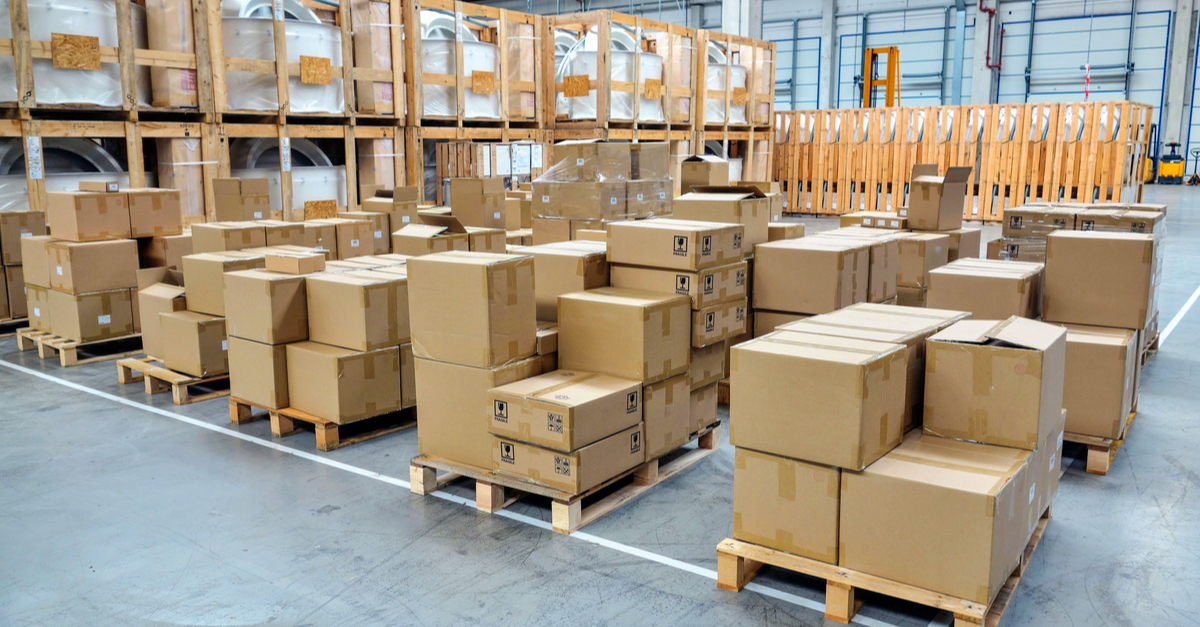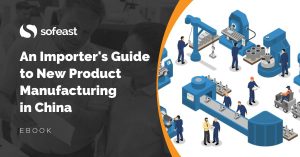We have seen this situation a number of times:
- An American or European company designs a new product
- They find a manufacturing partner that has some general experience in their industry (but has never made that precise product since it is totally new)
- Since the buyer needs flexibility and service, and can’t afford high prices, they tend to work with a small or medium-sized factory (fewer than 500 employees, and often fewer than 200)
- All the development (NPI) work gets done, but takes 2 to 5 times longer than expected by the buyer.
- A first small batch is made. If NPI hasn’t been very well done (including poor validation of component suppliers’ capability), there are quality & delay issues.
- Market response is encouraging. However, there is no clear path forward to real mass production. The manufacturer says “don’t worry, we’ll hire more people and get it done; we can ramp up to 10,000 pieces a month quickly”.
- When the time comes to ramp production up, a number of new problems surface. Sometimes it simply proves impossible.
I thought about this after reading a great article from Steve Dickinson, an experienced China business lawyer whom I met a few times. He wrote:
For every one company we’ve seen bankrupted by IP infringement we’ve seen three bankrupted by missing out on an entire holiday sales season because they could not obtain product at a price, quantity and delivery date needed to satisfy their market.
That is also what we have observed, sadly.
If your business plan assumes perfect on-time delivery from your Chinese suppliers, and you haven’t tested their ability to make good products at the expected rate, you are running very high risks.
What are the obstacles preventing a smooth production ramp-up?
There is often a combination of issues, among which:
- They got through the small batch ‘by hook or by crook’, with much manual extra work and rework. They haven’t ironed out the problems until they could prove that their line could run at a certain rate (the true purpose of a pilot run). Once volumes are larger, the same issues and new ones appear and make everything complicated and slow.
- Some critical elements are still missing. For example, a fixture to ensure precise assembly or a testing station. Without those, some steps in the process are very slow and necessitate much scrap & rework… which incite the supplier to ask for a higher price!
- They have no process for ramping up production. They go from problem to problem, and the shipment schedule gets postponed every week. Think of what happened as Tesla increased production volumes of their Model 3 — it is not an exception at all.
- The customer’s designers ask for last-minute “little changes”, whose impact is never tested before approval. Extra problems come up because of those.
- Many of the component suppliers are unable to produce at the desired quality level and/or are late. To compound this, the assembly factory doesn’t do proper incoming QC, and faulty components go right into production.
- The factory hires a majority of part-time workers. Turnover among these is so high, they can’t be trained at all. The same mistakes come back again and again. And the factory owner refuses to hire more full-time operators because he is afraid of a downturn and firing them is much more expensive.
- The tooling made for the prototype was used for the first batch, but is in soft metal and can no longer be used after 1,000 shots.
- The manufacturer doesn’t have enough engineers & supervisors, or sufficient space/equipment, and decides to subcontract assembly. A portion of the development work has to be done again, and the subcontractor might be less motivated (since this new business can be taken away at any moment by the direct supplier to the American/European buyer).
- The manufacturer just got a large order from a big-box store and all their energy is to get it out the door in order to avoid the steep penalties.
I could go and on, but I think you got the gist of it… There are many, many reasons why on-time delivery is missed because of a poorly prepared production ramp-up.
And then there are business issues…
To make matters more complex, as Steve Dickinson notes, the supplier often raises the price once they see that more orders are coming, the customer has secured funding, and there is no alternative vendor (since development took 6-18 months and there is no time to start development again). In many cases, there is little the customer can do:
Some foreign buyers will enter into an agreement where their factory agrees to locking in price for a specific period, believing this will protect them. They then think that they are covered. But this does not work because the factory still has the right to reject purchase orders.
This often happens, too. As I suggested above, at least one of the suppliers (either the assembler or a component supplier) might have capability issues on one of their processes, resulting in steep excess costs. The easy solution? Raise prices by 30% and see if the customer accepts…
—
Any tips to avoid these issues?
Are you designing, or developing a new product that will be manufactured in China?
Sofeast has created An Importer’s Guide to New Product Manufacturing in China for entrepreneurs, hardware startups, and SMEs which gives you advance warning about the 3 most common pitfalls that can catch you out, and the best practices that the ‘large companies’ follow that YOU can adopt for a successful project.
It includes:
- The 3 deadly mistakes that will hurt your ability to manufacture a new product in China effectively
- Assessing if you’re China-ready
- How to define an informed strategy and a realistic plan
- How to structure your supply chain on a solid foundation
- How to set the right expectations from the start
- How to get the design and engineering right
Just hit the button below to get your copy (please note, this will direct you to my company Sofeast.com):



So a long-term partner is so improtant.
Yes. A good long-term partner can bring real benefits.